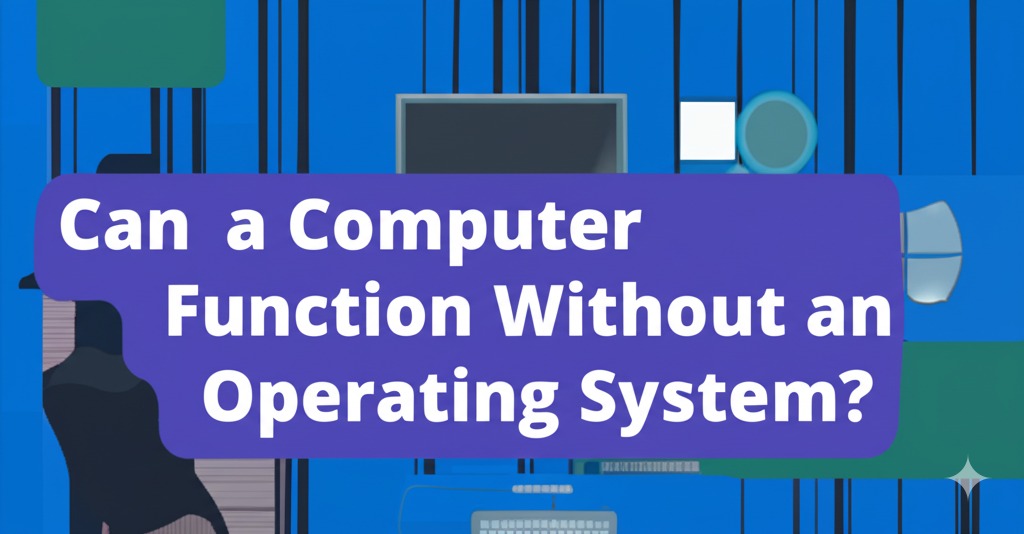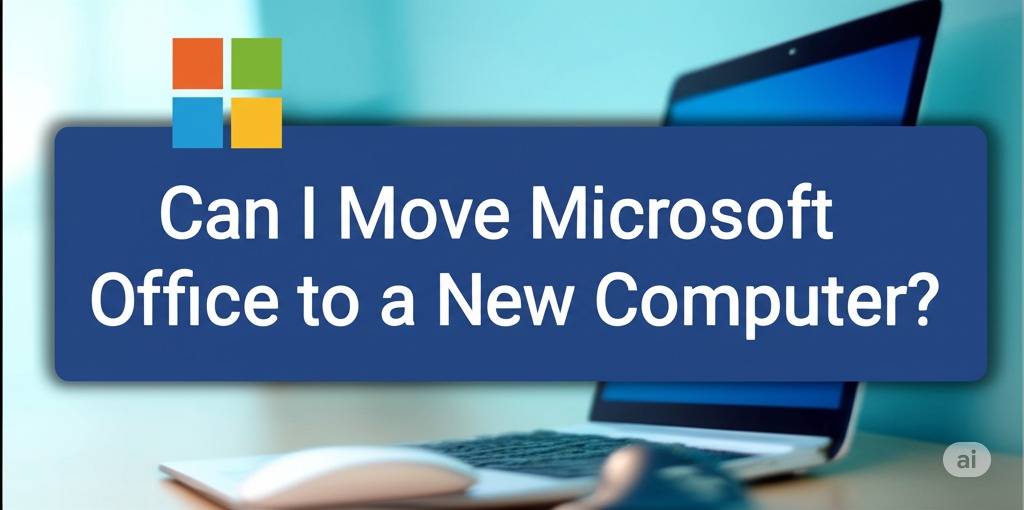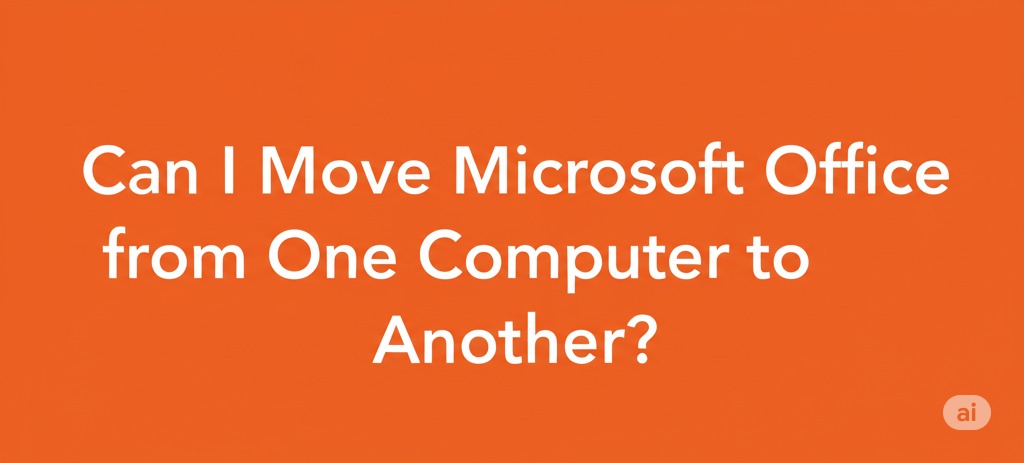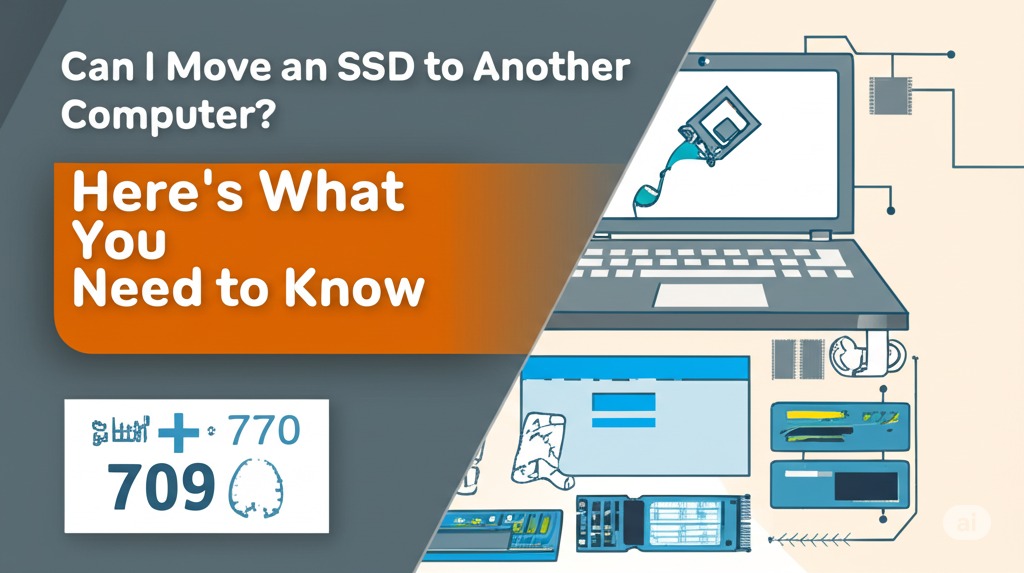In the ever-evolving world of technology, computers have become an integral part of everyday life, from personal devices to corporate systems. Yet, have you ever wondered if a computer can actually function without an operating system (OS)? It’s a question that might cross the minds of many, especially those curious about the internal workings of computers.
While it’s easy to assume that an operating system is required for a computer to work, the reality is more nuanced. In this article, we’ll explore the role of an OS, what happens when a computer lacks one, and whether it’s possible for a computer to function without one. Let’s dive into the details.
What is an Operating System?
Before we can address whether a computer can function without an operating system, we need to first understand what an OS is and what it does.
An Operating System (OS) is a software that acts as an intermediary between computer hardware and the user. It provides a platform for running application software and manages hardware resources like the CPU, memory, and storage. The OS is essential for tasks such as:
- Managing hardware: It communicates with the hardware components of the computer, ensuring everything runs smoothly.
- Running software applications: It serves as the foundation for running programs like web browsers, games, and productivity tools.
- Providing a user interface: Whether graphical (GUI) or text-based (CLI), the OS allows users to interact with the computer.
Without an operating system, a computer would lack the necessary infrastructure to perform these tasks.
Can a Computer Function Without an Operating System?
The short answer is: Yes, a computer can technically function without an operating system. However, the functionality is extremely limited, and the user experience is far from what we’re accustomed to. Here’s what happens when a computer lacks an OS:
The Boot Process Without an OS
When you power up a computer, it typically goes through a boot sequence. This process is initiated by the BIOS (Basic Input/Output System) or UEFI (Unified Extensible Firmware Interface), which are firmware interfaces that allow the hardware to communicate with the rest of the system.
- Without an OS: The BIOS or UEFI will still run, but it won’t be able to load the necessary system files to boot up a full-fledged OS. As a result, the computer may display a message like “No operating system found” or fail to boot into a usable environment.
- With a minimal OS: Some embedded systems, like those in IoT devices or certain appliances, may function without a full OS. These devices often run firmware that allows them to perform specific tasks.
Basic Operations Without an OS
While an OS is not strictly necessary for a computer to “turn on,” it will be limited to very basic functions. For example, you could interact with the computer’s hardware directly through a bootable USB drive or live CD, which contains minimal software. However, these setups require some form of pre-configured system and can’t function like a typical computer.
Without an OS, tasks such as web browsing, document editing, and multimedia playback would be virtually impossible. The computer would essentially be a shell with no usable interface for the average user.
Can You Use a Computer Without an Operating System for Practical Tasks?
In the modern era, using a computer without an OS isn’t practical for most people. However, there are some specialized scenarios where computers operate without a full OS:
1. Embedded Systems
Embedded systems are computers designed to perform specific tasks, often in industries like manufacturing, automotive, or healthcare. These devices run on embedded software, not full-fledged operating systems. Examples include:
- Microwave ovens
- Medical devices
- Smart home gadgets
These systems are optimized for specific functions and don’t require the extensive capabilities of an OS.
2. Running a Custom OS or Minimalist System
Some advanced users or tech enthusiasts may choose to run minimalist operating systems or bare-metal systems. These setups bypass much of the overhead associated with traditional operating systems and are often used for performance testing or educational purposes.
3. Live Environments
You can run live environments from external drives like USB sticks or CDs without needing to install an OS onto the computer’s hard drive. Linux live distributions, for example, allow users to temporarily boot a fully functional OS from a USB drive, bypassing the need for a full installation.
Limitations of Using a Computer Without an Operating System
While a computer can technically operate without an OS, it comes with several significant limitations:
1. Lack of Software Compatibility
Without an OS, your computer won’t be able to run traditional applications like web browsers, office software, or media players. Software programs are designed to run on top of an operating system, which provides the necessary environment for them to operate.
2. No User Interface
An OS provides the graphical user interface (GUI) that makes it easy for users to interact with the computer. Without it, you’re left with a command-line interface or no interface at all, making it difficult for the average user to navigate the system.
3. Hardware Management Issues
One of the primary functions of an OS is managing the hardware components of the computer, such as the CPU, memory, and storage. Without an OS, managing these resources becomes nearly impossible, and the computer will be unable to perform more advanced functions, like running applications or connecting to networks.
Conclusion
In conclusion, while a computer can technically function without an operating system, the reality is that its capabilities will be extremely limited. An OS is essential for running software, managing hardware, and providing a user interface. Without it, the computer would be reduced to little more than a piece of hardware that is difficult to interact with or use in any meaningful way.
For most practical purposes, a computer needs an operating system to function effectively. Whether you’re using it for personal, professional, or entertainment purposes, an OS is crucial for unlocking the full potential of your device.

Caleb Carlson is a contributing writer at Computer Site Engineering, specializing in computer technology, software trends, and hardware innovations. His articles simplify complex tech topics, making them accessible to readers of all levels.





